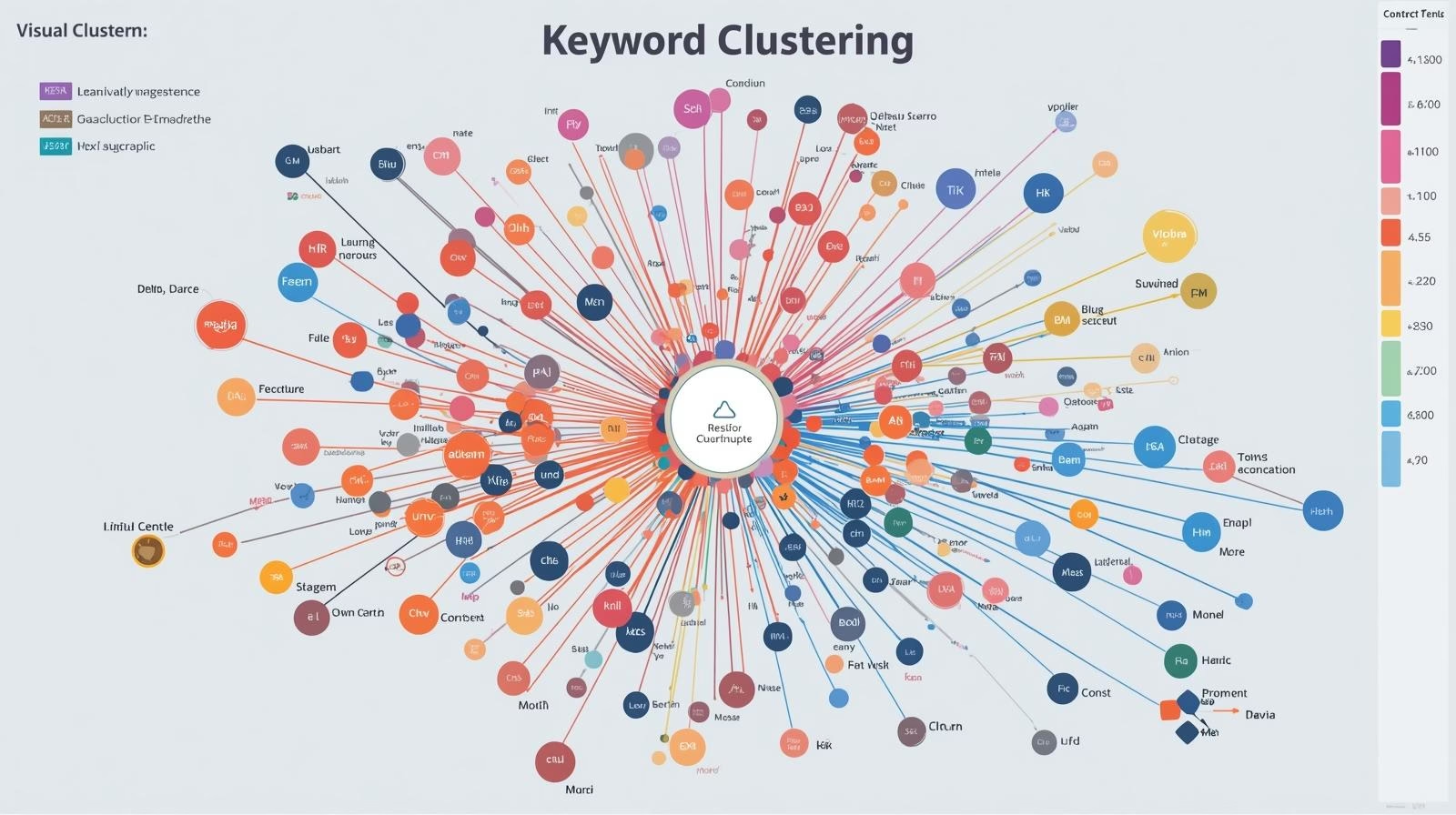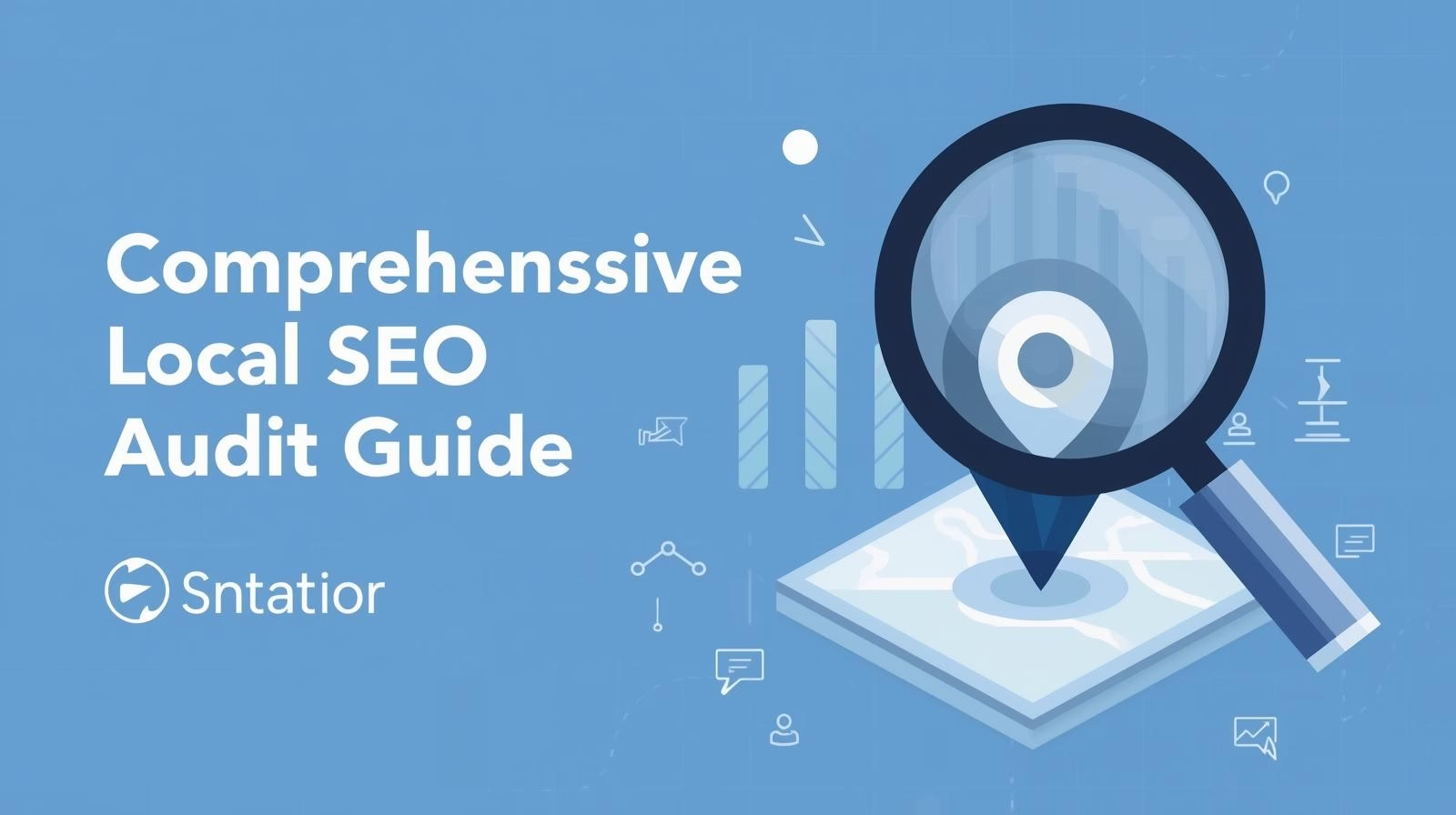Turning Keyword Chaos into an Organized SEO Strategy
If you’ve ever done keyword research, you know how quickly things can spiral into chaos. You start with a few target phrases, and before long, you have hundreds of keywords some similar, some completely different. The question then becomes: How do you make sense of it all?
This is where keyword clustering comes in a powerful SEO technique that helps you group similar keywords together to create focused, high-performing content. Instead of targeting one keyword per page, keyword clustering allows you to target multiple related terms naturally, boosting your rankings, improving topic authority, and aligning with how modern search engines understand user intent.
In this article, we’ll explore what keyword clustering is, why it’s vital for your content strategy, and how to organize your keywords effectively for maximum SEO impact.
What Is Keyword Clustering?
Keyword clustering is the process of grouping related keywords that share similar search intent or topic relevance. Rather than optimizing individual pages for a single keyword, keyword clustering helps you create comprehensive content that ranks for multiple related queries.
For example:
If you’re writing about “email marketing,” your keyword cluster might include:
“email marketing strategy”
“email marketing tips”
“how to create an email campaign”
“email marketing best practices”
Each of these keywords represents a slightly different angle of the same topic. By addressing them all in one well-structured article, you satisfy various user intents and improve your chances of ranking for several keywords simultaneously.
Why Keyword Clustering Matters for SEO
Search engines have evolved beyond simple keyword matching. Today, Google uses semantic search and natural language processing (NLP) to understand the context behind searches.
Here’s why keyword clustering is essential in modern SEO:
1. Improved Topical Authority
When you cover a topic in-depth with multiple keyword variations, Google sees your site as an authoritative source. This strengthens your ability to rank for not just one keyword, but an entire topic cluster.
2. Better Content Organization
Keyword clustering naturally structures your website into topic silos main pages supported by related subpages or blog posts. This internal linking approach enhances both SEO and user experience.
3. Boosts Organic Visibility
By targeting a cluster of keywords instead of one, you capture more search traffic from long-tail variations, questions, and related terms.
4. Aligns with Search Intent
Grouping keywords based on intent (informational, navigational, transactional) ensures each piece of content matches what users are really looking for increasing engagement and reducing bounce rates.
The Keyword Clustering Process: Step-by-Step
Now let’s break down the keyword clustering process in detail. Whether you’re an SEO professional or a content creator, these steps will help you turn raw keyword lists into actionable clusters.
Step 1: Conduct Comprehensive Keyword Research
Start with a broad list of keywords using tools like:
Google Keyword Planner
Ahrefs
SEMrush
Ubersuggest
KeywordTool.io
Export all your keyword ideas and include metrics like search volume, keyword difficulty, and CPC (cost per click). The larger your list, the better your clustering results will be.
Step 2: Identify Search Intent
Each keyword represents a purpose. Classify them into three primary intent types:
Informational: The user wants to learn something (e.g., “what is keyword clustering”).
Navigational: The user seeks a specific site or brand (e.g., “Ahrefs keyword clustering tool”).
Transactional: The user wants to take an action (e.g., “buy keyword research software”).
This step ensures you create the right type of content blog posts for informational intent, product pages for transactional, etc.
Step 3: Group Similar Keywords
Now it’s time to cluster. Group together keywords that:
Have similar search intent
Share the same or closely related meaning
Could be targeted on a single page without losing clarity
For example, these keywords could form a single cluster:
“keyword clustering tools”
“best keyword grouping software”
“how to organize keywords for SEO”
All these share the same intent to find tools or methods for keyword clustering.
If you’re handling large data sets, consider using AI or automation tools like Keyword Insights, ClusterAI, or Surfer SEO’s Content Planner.
Step 4: Choose a Primary Keyword
Each cluster should have one primary keyword the main focus term for your content. The rest become secondary keywords that support the topic.
For example:
Primary keyword: keyword clustering
Secondary keywords: keyword grouping, organize keywords for content, keyword clustering tools
The primary keyword helps define your content’s focus, while secondary keywords naturally enrich your copy with semantic relevance.
Step 5: Map Clusters to Content
Once clusters are formed, decide what type of content best fits each. Some clusters work as standalone blog posts, others as category pages or service pages.
For example:
Main Topic (Pillar Page): Keyword Clustering: The Smart Way to Organize Keywords
Supporting Clusters (Cluster Pages):
“Best Keyword Clustering Tools”
“How to Create a Keyword Map for SEO”
“Keyword Clustering for E-commerce Websites”
This creates a structured content ecosystem also known as a topic cluster model where internal linking passes authority between related pages.
Step 6: Optimize and Interlink
When publishing content, ensure:
Each article links to the main pillar page.
Internal links include keyword-rich anchor text.
Meta titles and descriptions include primary keywords.
This interlinking signals to Google that your site has a well-organized topic hierarchy, helping all related pages perform better collectively.
Tools to Simplify Keyword Clustering
Here are some popular tools that make clustering faster and more accurate:
| Tool | Key Feature |
|---|---|
| Keyword Insights | Automates clustering using AI and SERP data |
| ClusterAI | Organizes keywords by shared ranking URLs |
| Surfer SEO | Suggests clusters and related terms for on-page optimization |
| Ahrefs / SEMrush | Great for keyword research and filtering |
| LowFruits.io | Ideal for finding low-competition clusters |
These tools save hours of manual sorting while ensuring clusters are backed by data.
Common Mistakes to Avoid in Keyword Clustering
Even seasoned SEOs can make these errors:
Overlapping Clusters: Avoid grouping unrelated keywords that could confuse search engines.
Neglecting Intent: Don’t mix informational and transactional keywords in one article.
Keyword Stuffing: Use variations naturally instead of forcing every keyword into your text.
Ignoring Internal Links: Clusters are most effective when connected logically within your site.
The SEO Benefits of Organized Keyword Clusters
When done right, keyword clustering leads to:
Higher rankings across related keywords
Better user experience with in-depth content
Lower bounce rates due to content relevance
Improved internal linking and crawlability
Enhanced topical authority and brand visibility
In short, keyword clustering turns your SEO strategy from fragmented to focused and future-ready.
Conclusion: Master the Art of Keyword Clustering
Keyword clustering isn’t just a technical SEO tactic it’s a smarter way to think about content creation. By grouping related keywords, you build topic depth, improve your site structure, and make your content more discoverable to both users and search engines.
So, start reviewing your existing keyword list today. Organize, cluster, and optimize and watch your organic visibility grow.
If this guide helped clarify your SEO strategy, share it with your team or drop a comment below let’s start a conversation about how keyword clustering can elevate your content.
FAQs About Keyword Clustering
1. What is the main goal of keyword clustering?
The goal is to group similar keywords together so you can create content that ranks for multiple terms at once while addressing various search intents.
2. How many keywords should be in one cluster?
A typical cluster includes 3–10 closely related keywords, though it can vary based on topic complexity and search intent.
3. Can I do keyword clustering manually?
Yes, but it’s time-consuming. For small websites, manual clustering works fine. For larger projects, using tools like Keyword Insights or ClusterAI is more efficient.
4. How does keyword clustering help with content creation?
It helps you plan content logically, ensuring each page covers a topic thoroughly without overlap, leading to higher topical relevance.
5. Is keyword clustering still important with AI-driven search?
Absolutely. Even with AI and semantic search, Google values topic authority and content structure both of which keyword clustering directly supports.


